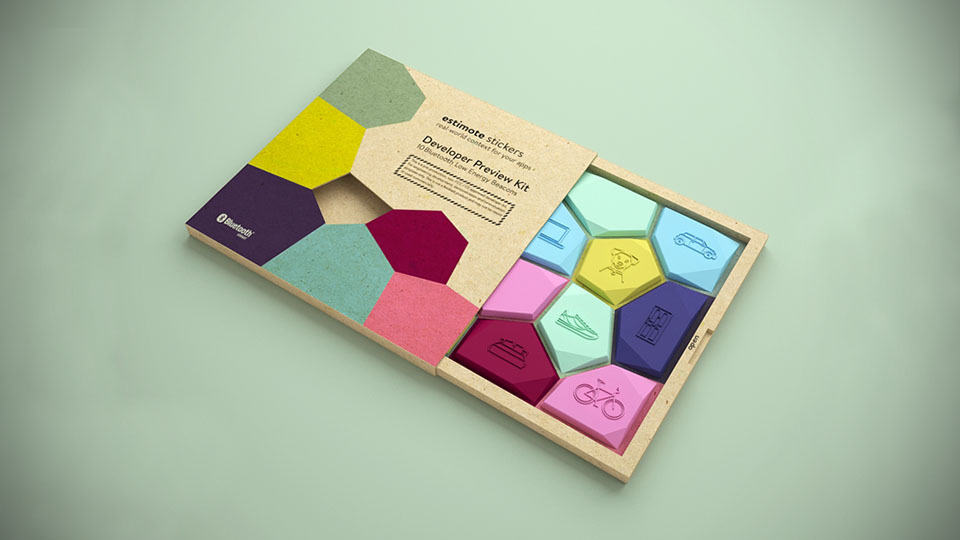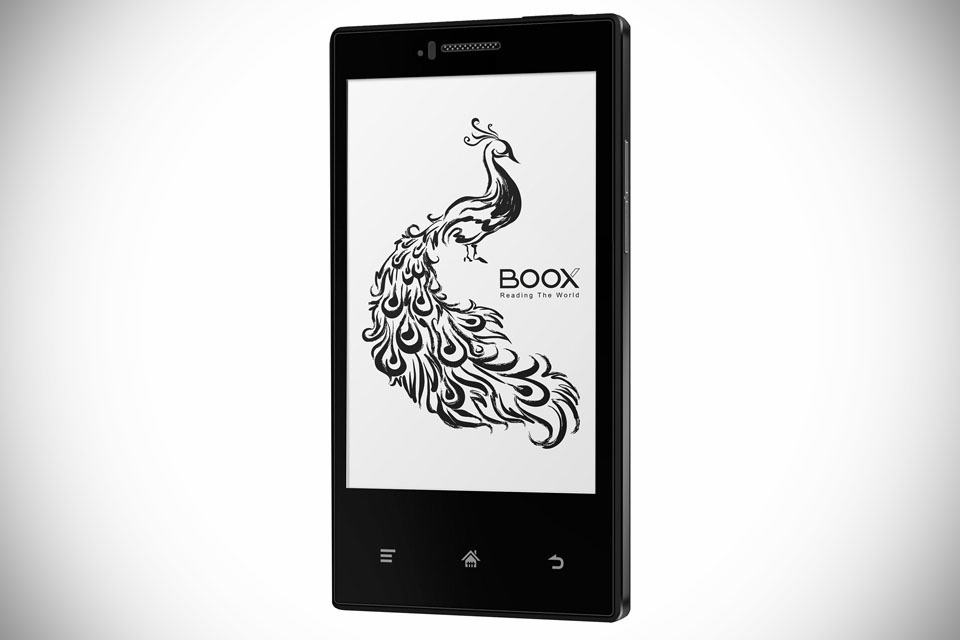online businesses have analytic that will tell them exactly what been browsed and how many times, which gives them an insight into which are the more popular products. this kind of give them an edge over brick and mortar stores where inanimate products sit on the shelves and business owners have absolutely zero idea of which products are the ‘most viewed’. this is an area where Estimote Stickers can help. it is the second product from Estimote that is smaller and, as its name implies, has adhesive backing for sticking it to anywhere. but what does it do with relate to retail businesses? well, Estimote Stickers are tiny beacons that, to our amazement, packs Bluetooth Low Energy connectivity, as well as accelerometers and temperature sensors.
attached the Stickers to say, products like sneakers, you can now know how many times and how often customers have picked them up (which often suggest interest in the products) and you can use these data to make informed decision on the shelf space priority for the different products. similarly, users can also stick one to their dog’s collar and be in the know of the pet whereabouts, well, that’s provided you are in the range, of course. working with your custom app, it can even be customized to track your wallet, phone, laptop and more. so basically, what Estimote is proposing is a technology, which company refers to as ‘nearables’, that has a seemingly endless possibilities. all you need is for someone to create the custom app and tells it what you want it to do.
we foresee Estimote Stickers will see more use in businesses than individuals, though we wouldn’t rule out coding-savvy individuals taking up the challenge to do something they fancy. you know, the Estimote Stickers are kind of a maker sort of thing. if you are up to trial these high-tech stickers, you can hit up the outfit’s website and pre-order your developer kit with 10 Sticker Beacons for $99. the firm is expected to ship out Estimote Stickers sometime in late October 2014.
via TechCrunch


